Serviceton is a small town located in the Wimmera region of western Victoria, Australia, near the border with South Australia. The town’s history is closely tied to the development of railways in the late 19th century.
Established in 1887, Serviceton was named after James Service, the Premier of Victoria at the time. The town’s primary purpose was to serve as a border checkpoint between Victoria and South Australia on the Melbourne-Adelaide railway line. This strategic location made Serviceton an important hub for interstate travel and commerce.
The railway station, built in 1887, became the centrepiece of the town. It was designed to accommodate customs and immigration procedures, as well as provide changing facilities for train crews. The station building, with its distinctive architecture, still stands today as a reminder of Serviceton’s historical significance.
The surrounding Wimmera region is characterised by its vast plains and agricultural importance. Known for wheat farming, the area played a crucial role in establishing Victoria as a major grain-producing state. The region’s climate, with hot summers and mild winters, is well-suited for cereal crops and sheep grazing.
During World War II, Serviceton’s railway station gained additional importance as a transit point for troops and supplies. However, the town’s prominence began to decline in the post-war years as improvements in transportation and changes in border control procedures reduced the need for extended stops at the state border.
Today, Serviceton is a quiet rural community with a population of less than 100 people. While its role as a bustling railway town has diminished, it remains an interesting historical site. The old railway station has been preserved and now serves as a museum, offering visitors a glimpse into the town’s past and the broader history of rail transport in Australia.
The surrounding Wimmera region continues to be an important agricultural area, contributing significantly to Victoria’s economy through its grain production and sheep farming. The landscape, dotted with silos and vast fields, reflects the enduring agricultural heritage of this part of Victoria.

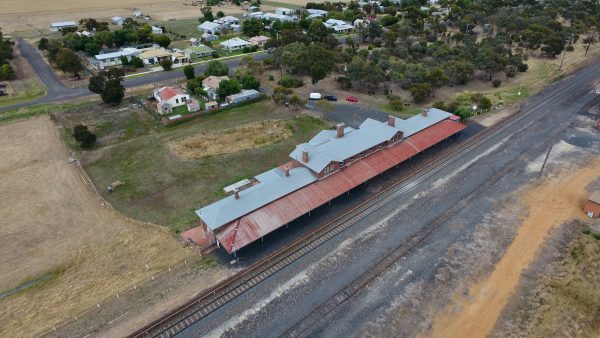
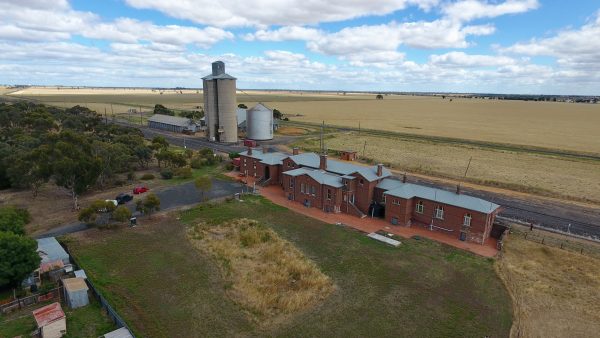

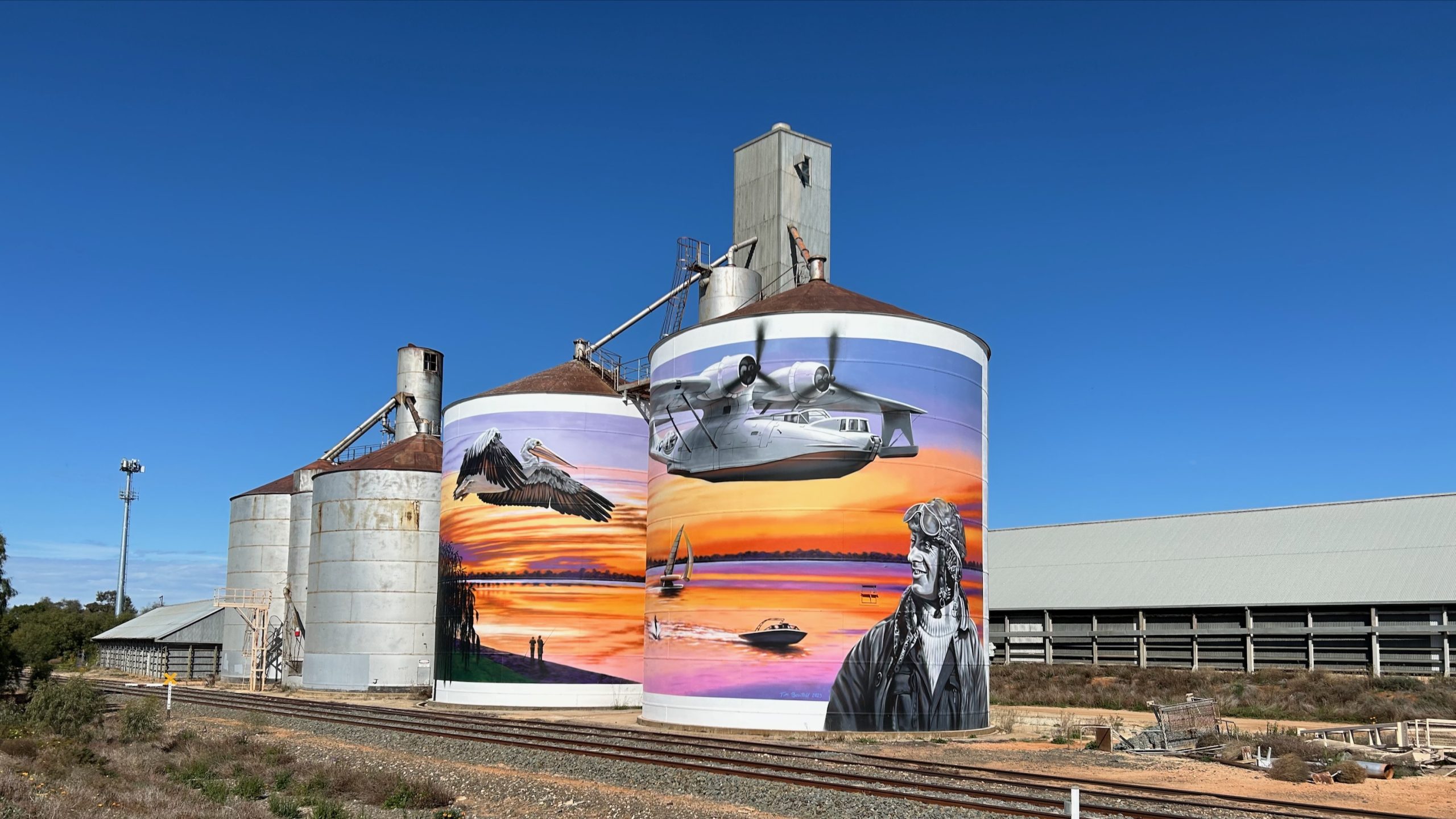

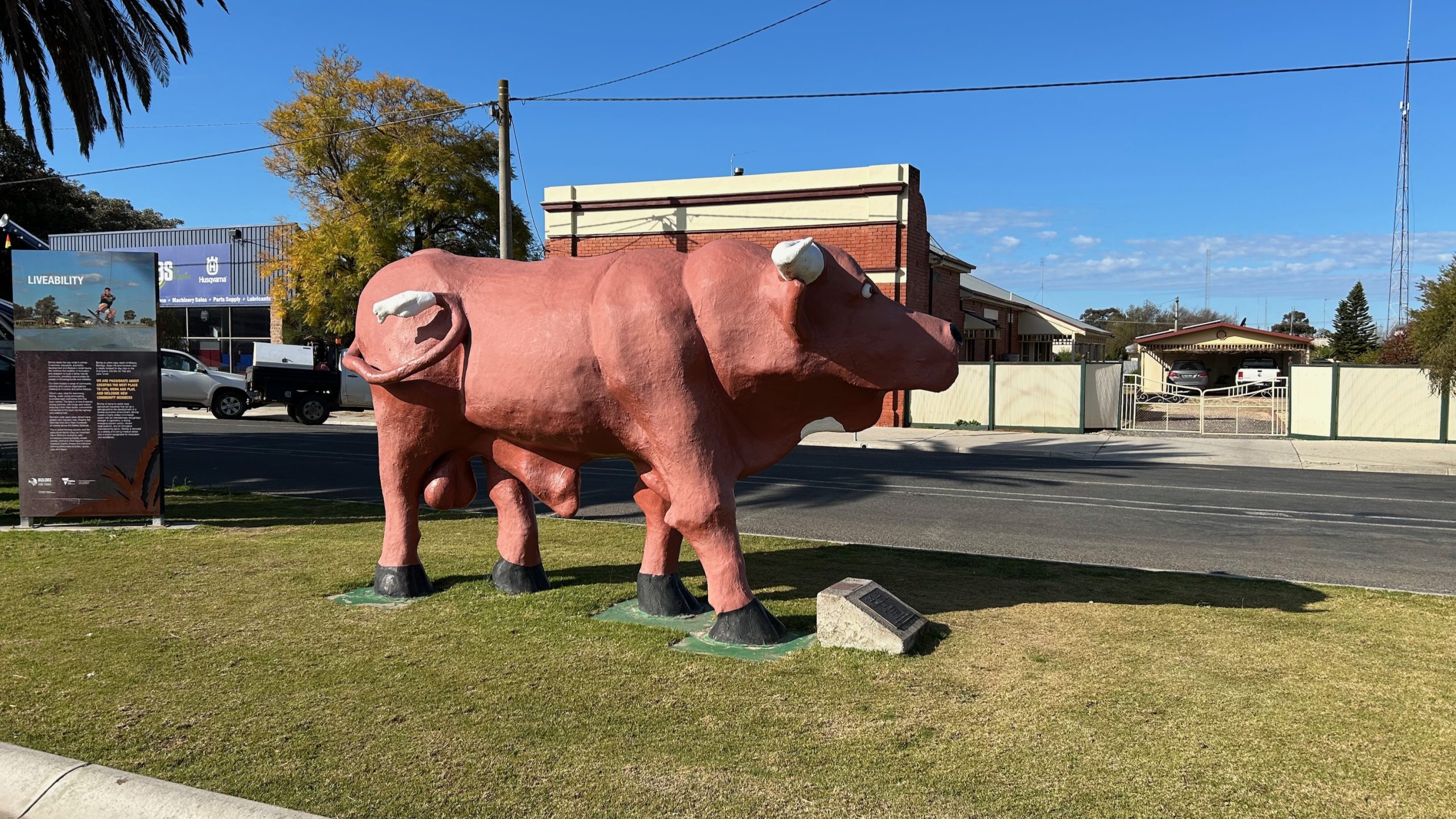

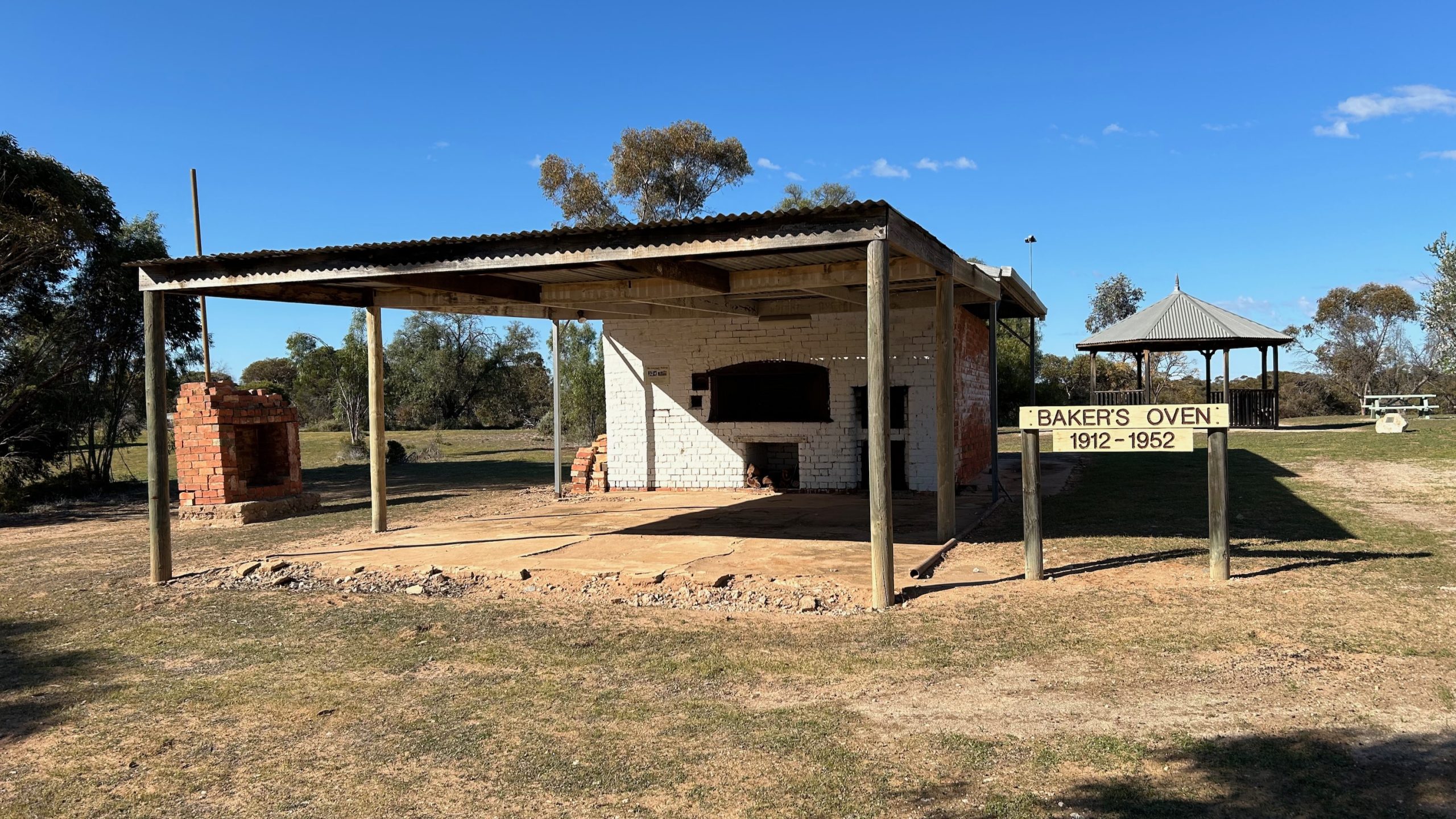



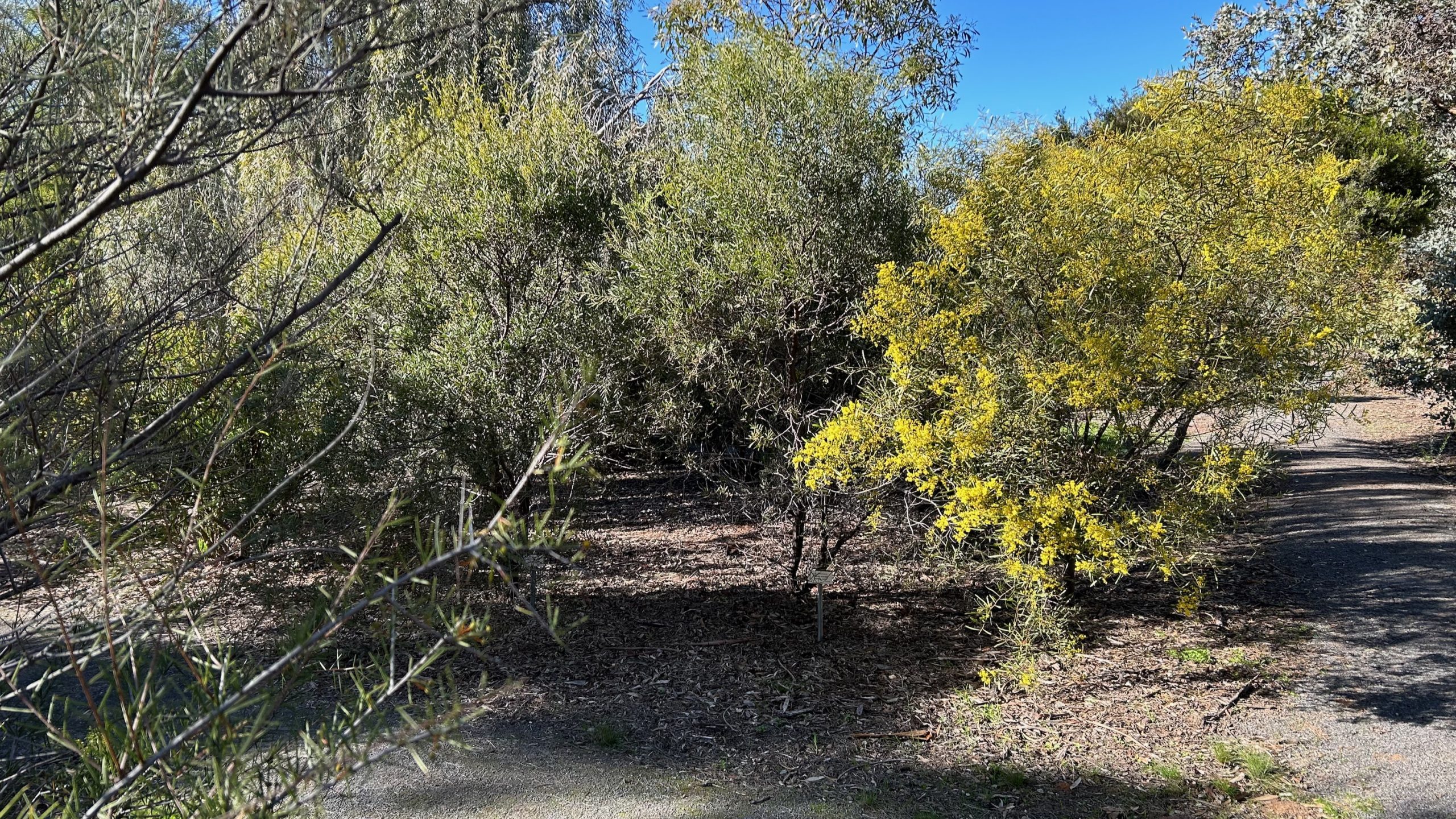
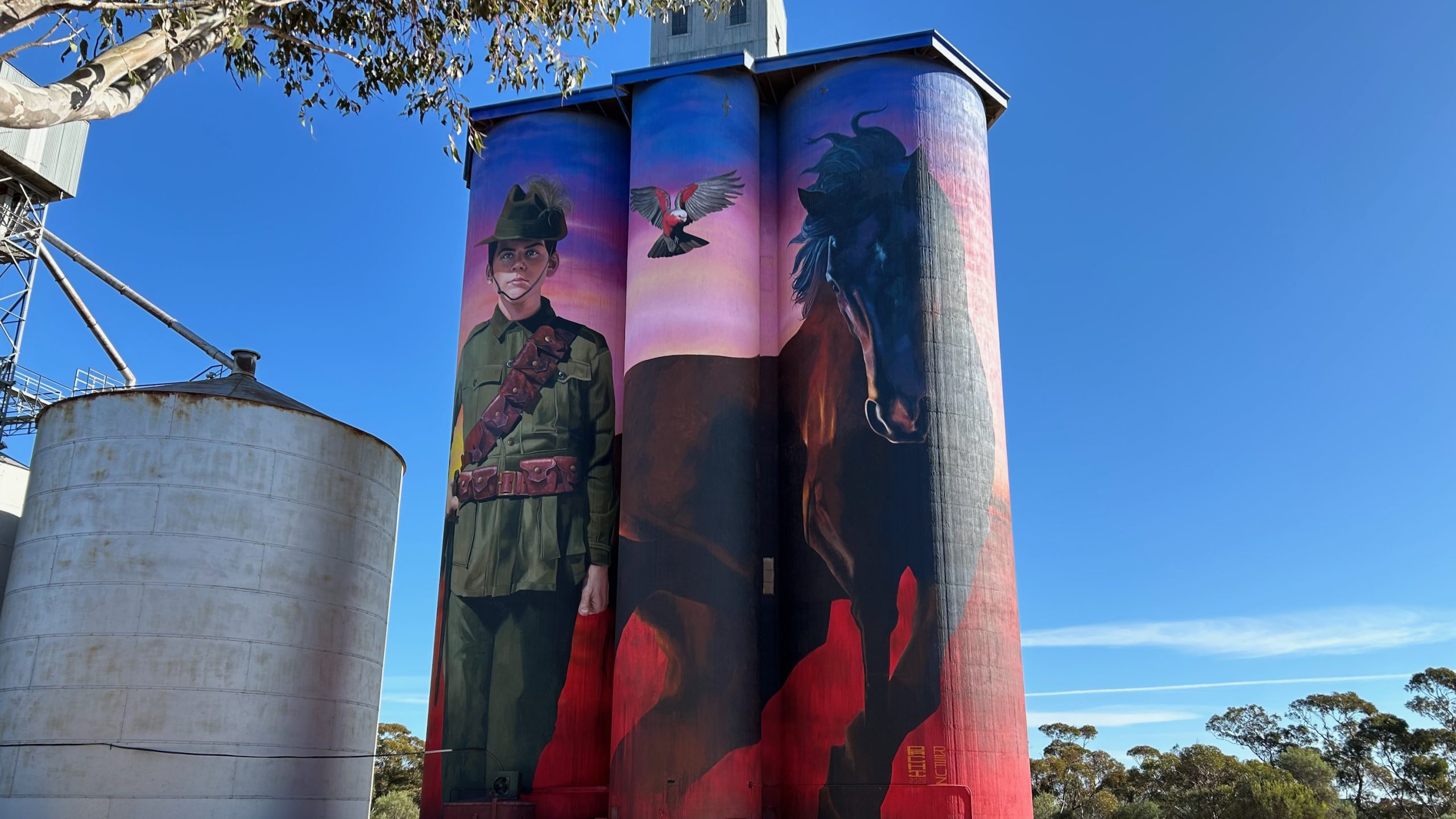

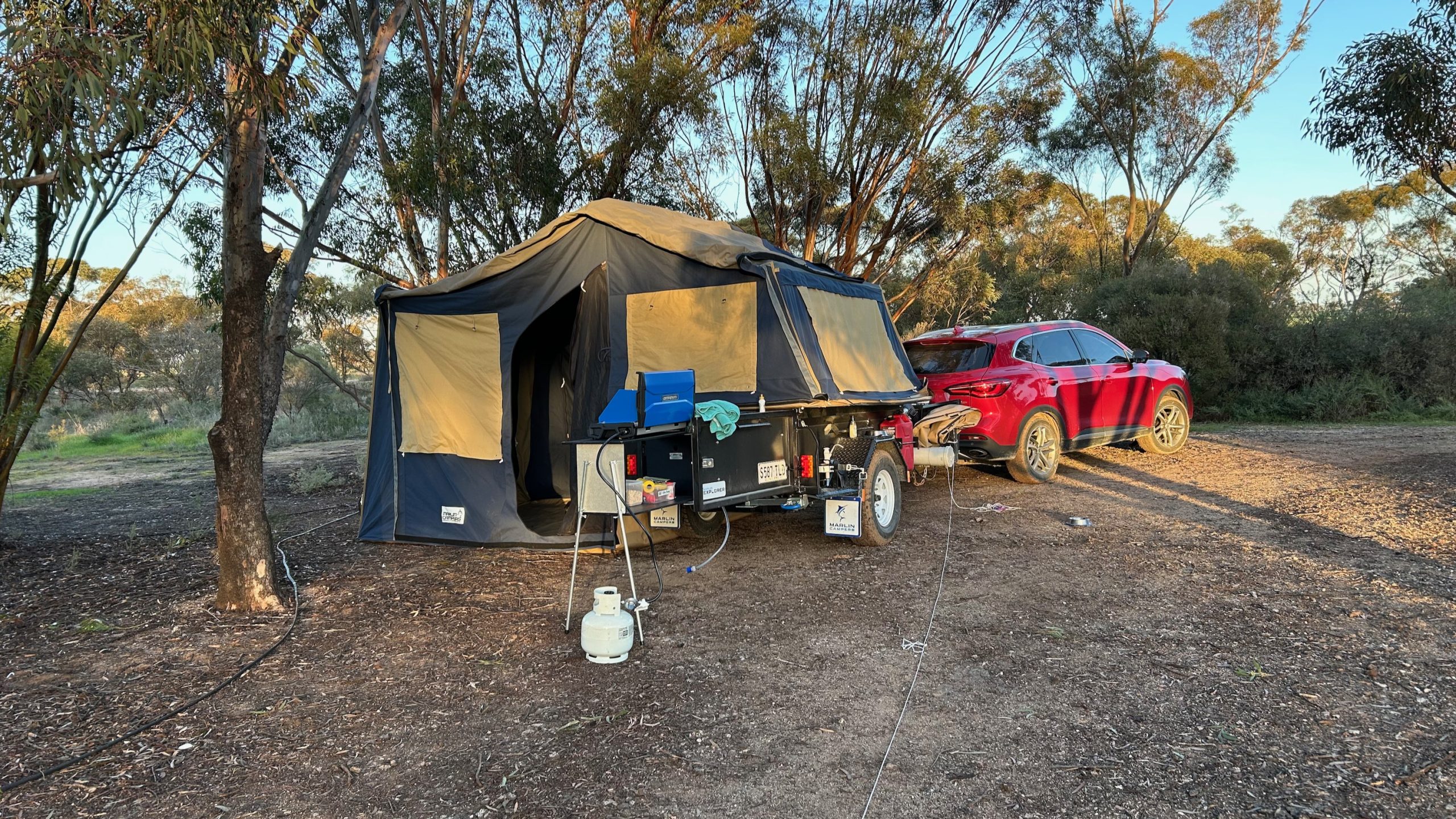
Leave A Comment